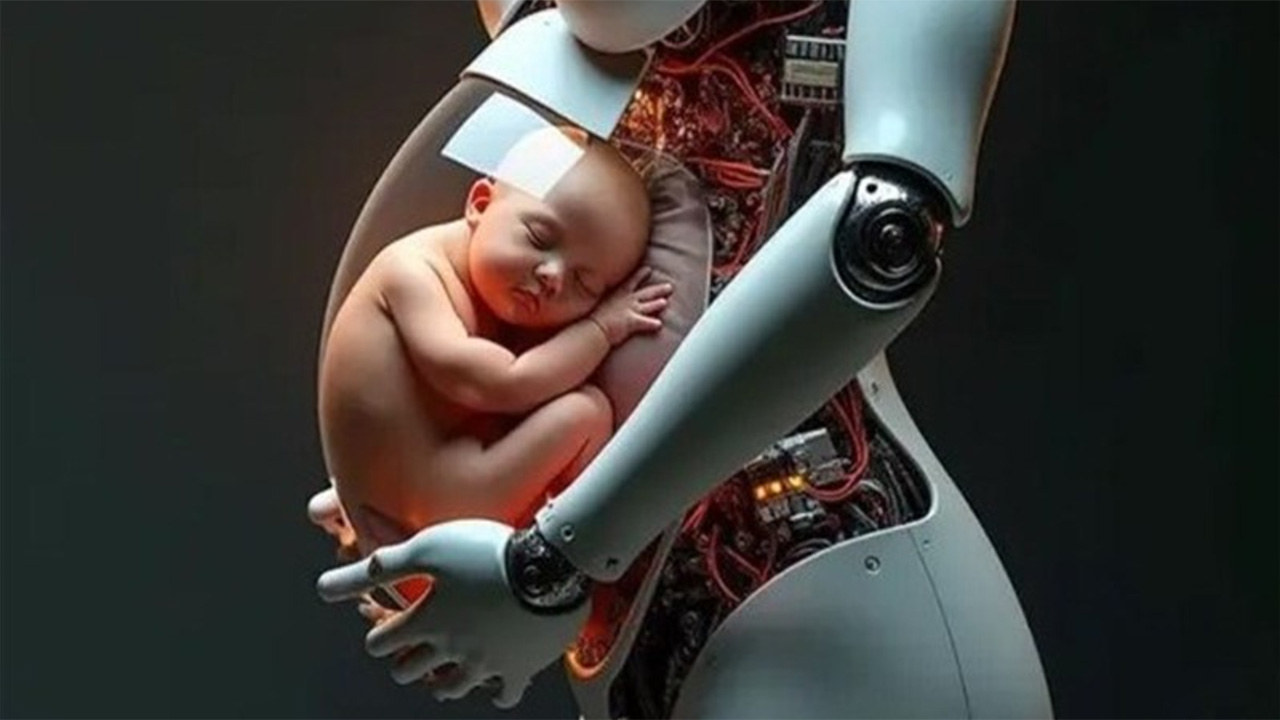Chinese Scientists Develop Robot Capable of Carrying Human Pregnancy
Ohana Magazine – Chinese scientists are developing what could become the world’s first pregnancy robot—a humanoid designed to carry a baby until birth. The machine will feature an artificial womb connected to nutrient tubes. According to experts, a working prototype may arrive as early as next year, priced at around £10,000.
From Artificial Womb to Humanoid Birth
Dr. Zhang Qifeng, founder of Kaiwa Technology, leads the project. Unlike a standard incubator, this device aims to replicate the entire pregnancy process—from fertilization and implantation to delivery.
Zhang explained that the artificial womb technology is already mature. The next step is embedding it inside a humanoid robot so “humans and robots can interact to achieve pregnancy.” His team has also discussed proposals with Guangdong officials, focusing on legal and policy frameworks.
Ethical Debate Heats Up
The idea has triggered intense debate on Chinese social media. Critics say removing the bond between mother and child feels cruel and unnatural. Others question how eggs will be collected and fertilized inside a robot.
Supporters, however, view the invention as a breakthrough for women’s health. They argue it could reduce the suffering linked to pregnancy and help couples facing infertility.
Inspired by Previous Experiments
This new project builds on earlier studies. Scientists once kept premature lambs alive inside a “biobag”—an artificial womb that supplied nutrient-rich blood and amniotic fluid. That experiment showed how technology could support life outside the human body.
Now, researchers want to take that concept further. Their goal is to create a humanoid machine capable of nurturing human life from embryo to birth.
The Future of Reproduction?
The robot remains in development, but its potential impact goes far beyond science. It raises urgent questions about ethics, society, and the future of reproduction.
Will this innovation change childbirth forever, or will it remain one of the most controversial experiments in modern history?













